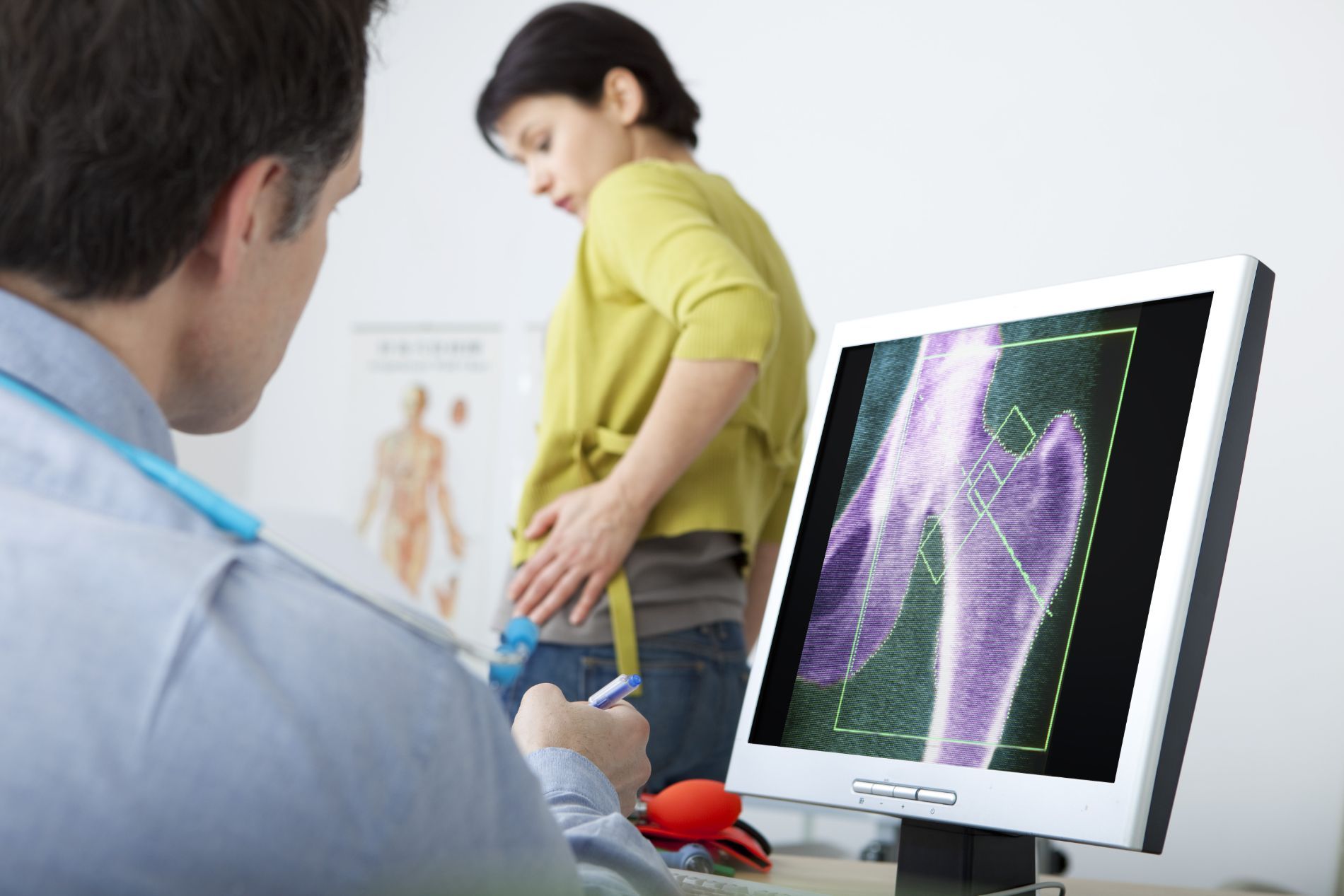Pain Management Available Near Palmdale, CA
Pain is the body’s normal reaction to an injury or illness - a warning that something may be wrong. Whether pain is from a new or old injury, arthritis, cancer, cancer treatments, or non-cancer disorder it can be debilitating. For some, pain will resolve once an injury heals. For many others, pain can continue long after the cause improves. When pain lasts longer than 3-6 months it is called chronic pain. Day to day fluctuations in pain can be confusing to the person experiencing it as well as to others and can take a toll on one’s physical and emotional health. Chronic pain can impact self-image, affect others, including work and interrupt life plans.
Below you'll find valuable information on pain management.
For more information about pain management please contact us in Lancaster, CA (661) 726-5005.
Studies have shown that poorly managed pain can lead to adverse physical and psychological outcomes for persons affected and their families. Continuous, unrelieved pain can suppress the immune system, and result in infection and poor wound healing. It can also affect the sympathetic nervous system in the body and may cause bad effects on the cardiovascular, gastrointestinal system, and kidneys leading to adverse events such as heart attack and ileus. In the acute post-procedural or surgical period, poorly controlled pain can extend the hospitalization stay or prolong the rehabilitation period. Poorly managed pain reduces mobility, resulting in complications such as deep vein thrombosis, pulmonary embolus, and pneumonia.
Managing pain, whether it is acute pain or chronic pain, can be likened to caring for your house or home. You must rely on the tools in your toolbox to maintain physical problems that may arise in your house. If something breaks in your house, you may not have the right knowledge or tool in your toolbox to fix the problem. You may need to seek special services that have the right knowledge and tools to help repair the issue. For example, you may be able to patch a leak in your plumbing but need a plumber to repair the bigger source of the leak. Relying on one tool in your toolbox, would be like relying on only pain medication to resolve one’s pain issue. It may be a temporary fix, but will not likely maintain relief, as one tool may not likely provide a long-term resolution to one’s house problem.
The guidance and recommendations from multiple pain societies, such as American Pain Society (APS) or American Academy of Pain Medicine (AAPM), as well as others, helps pain management systems provide and practice care that is current and evidence based. Recommendations are to provide treatments for specific etiologies of pain (e.g. using evidence-based guidelines for treating migraine, or lumbar spine pain, etc.). Recommendations also emphasize using a multi-modal approach (e.g. use of stretching and exercise programs, mindfulness, cognitive behavioral therapy, non-pharmacological and/or pharmacological treatments, interventional treatments, providing durable medical equipment, providing education, therapeutic massage, etc.) as well as including interdisciplinary involvement (referral for specialists, e.g. surgical referrals, therapists, psychologists, psychiatrists, etc.) to help one adapt and deal with pain.
As identified by APS and The American Society of Pain Management Nurses, best pain management practices in the inpatient and outpatient setting should include obtaining a thorough history, performing an assessment that focuses on problems/diagnoses, identifying and updating realistic goals, developing a comprehensive pain management plan that includes quality indicators, helping the patient implement treatment strategies, and evaluating and re-evaluating the treatment plan regularly.
Pain is complex. Treatments should focus on preserving or re-learning physical function, while considering the biological, psychological, and social factors of the person’s past life experiences to help promote overall well-being. Ideal pain management should include multiple treatment options to help the person build upon and develop the pain management “tools” and knowledge to help one adapt to pain.
Pain Management
- Arthritis
- Brain and Spinal Cord Injury
- CBD Treatment
- NCS/EMG
- Neck and Back Pain
- Lower Back Pain
- Neck Pain
- Sports Injuries
- Suboxone Treatment for Opioid Addiction
- PRP / Stem Cell Treatment
- Natural / Non Medication Treatment for Pain Control
Rehabilitation
- Post Stroke Rehab
- Brain Injury Rehab
- Amputee Care
- Sports Injuries
- Spinal Cord Injuries
- Work Related Injuries
Procedures
Injections
- Botox for Spasticity
- Cervical & Lumbar Epidural / Facet
- Epidural
- Joint
- Piriformis Muscle
- Sacroiliac Joint





